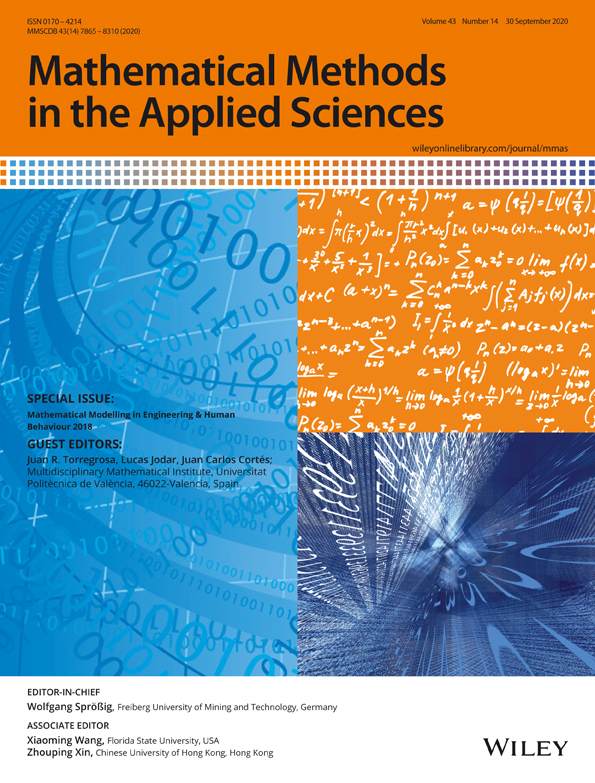Markovian modeling for dependent interrecurrence times in bladder cancer
Abstract
A methodology to model a process in which repeated events occur is presented. The context is the evolution of non-muscle-invasive bladder carcinoma (NMIBC), characterized by recurrent relapses. It is based on the statistical flowgraph approach, a technique specifically suited for semi-Markov processes. A very useful feature of the flowgraph framework is that it naturally incorporates the management of censored data. However, this approach presents two difficulties with the process to be modeled. On one hand, the management of covariates is not straightforward. However, it is of great interest to know how the characteristics of a certain patient influence the evolution of the disease. On the other hand, repeated events on the same subject are generally not independent, in which case the semi-Markov framework is not sufficient because the semi-Markov assumption implies independence among waiting time distributions. We solve this issue by extending the flowgraph methodology using the Markovian arrival process (MAP), which does successfully model the dependence between events. Along the way, we provide a procedure to consider covariates and censored times in MAPs, a pending task needed in this field. In short, we have managed to extend the flowgraph methodology beyond the semi-Markovian framework, simplifying the incorporation of covariates and keeping the management of censored times. All of which has allowed us to build a multistate model of the evolution of NMIBC. The developed model allows us to compute the Survival function for any evolution of a patient with specific clinic-pathological characteristics in this primary tumor.
CONFLICT OF INTEREST
This work does not have any conflicts of interest.




